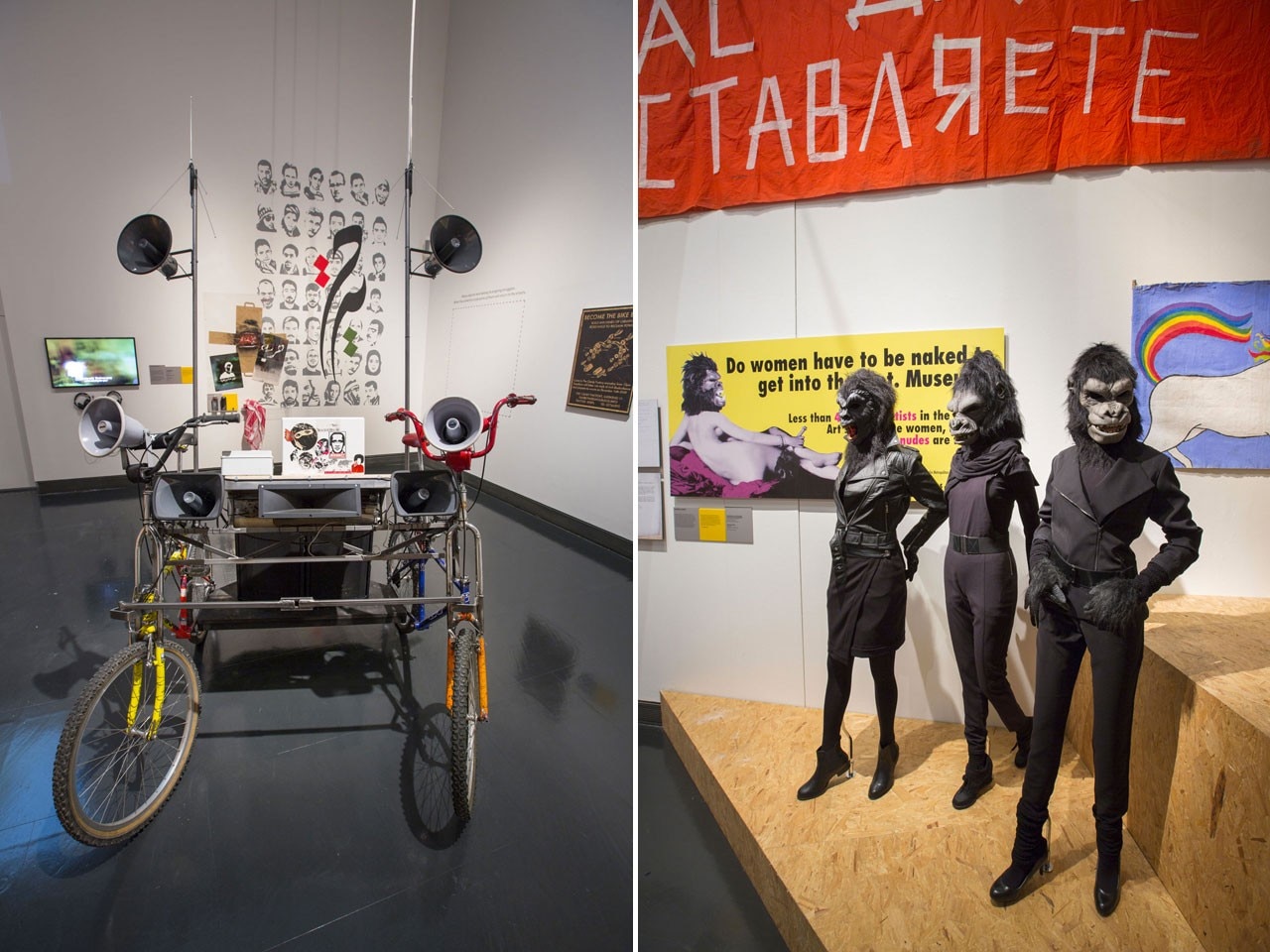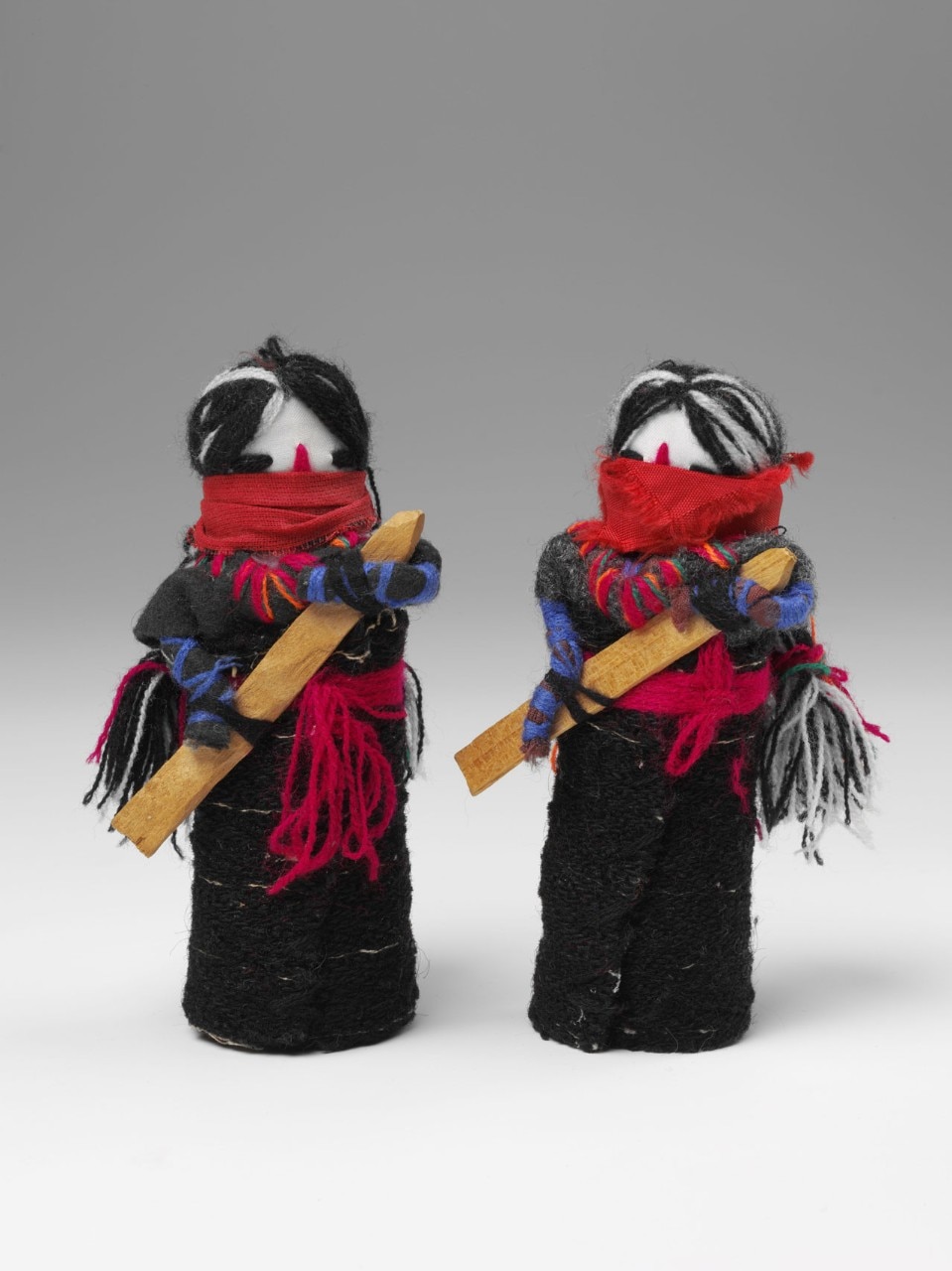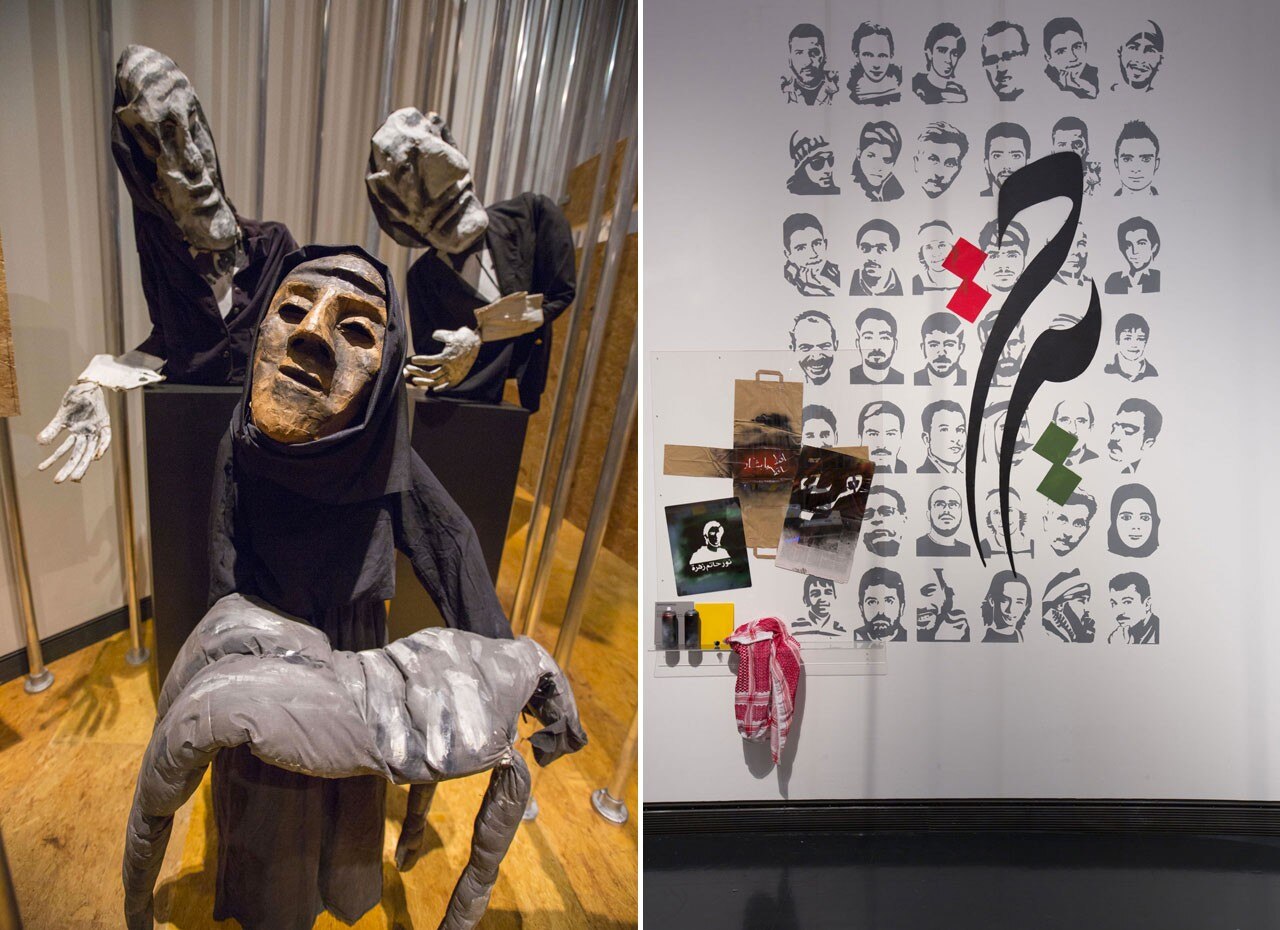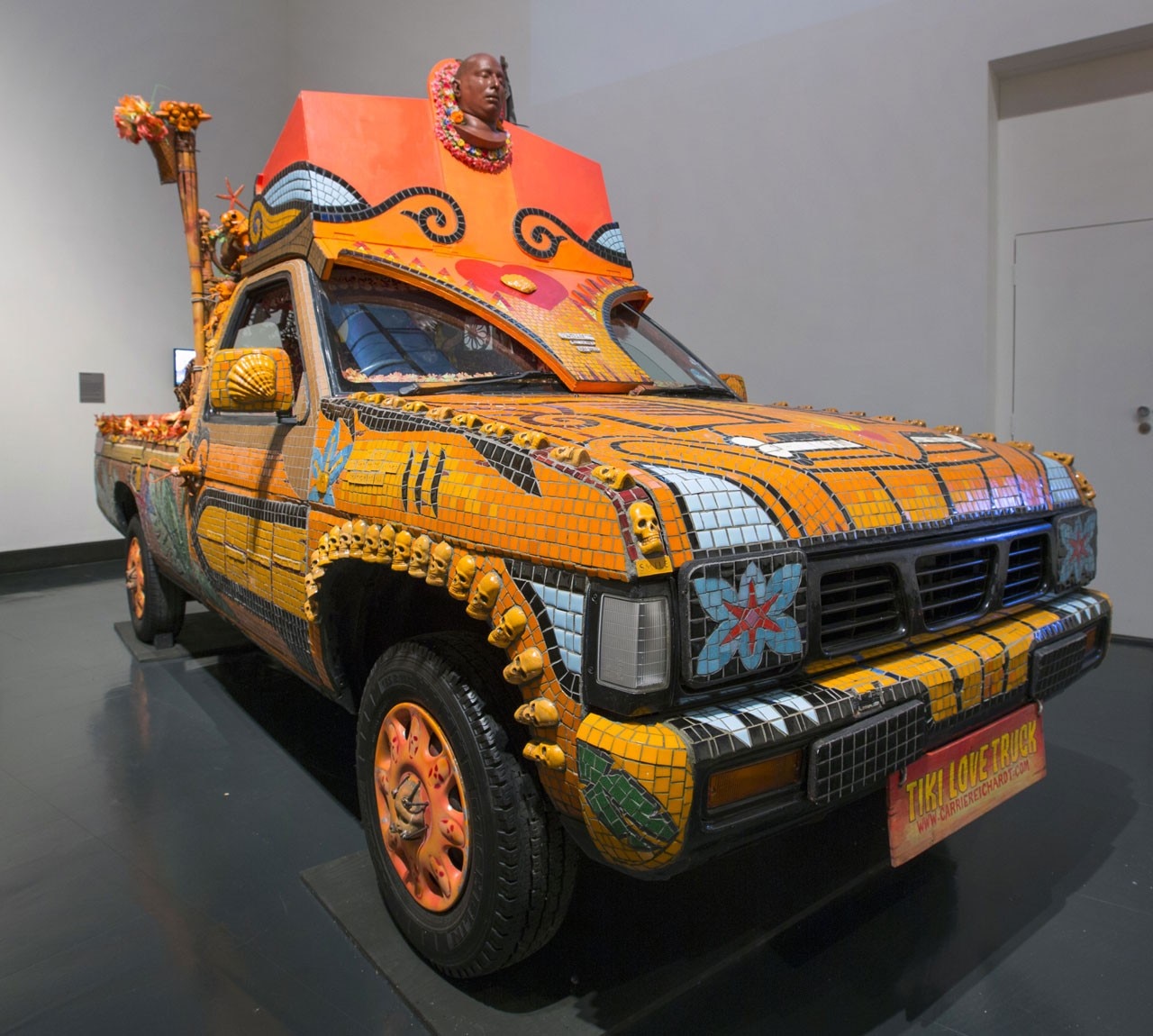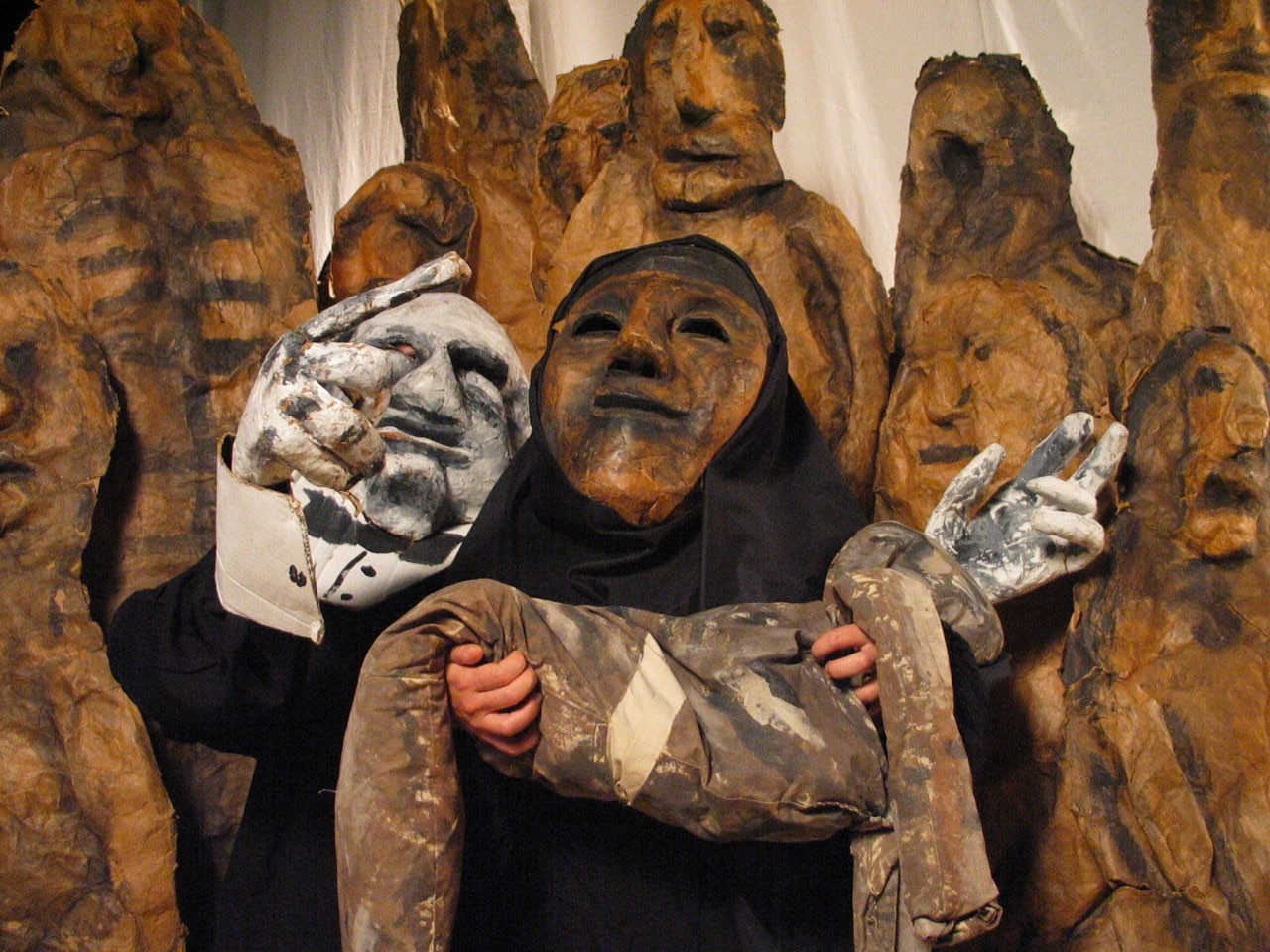Through 99 exhibits, a new show at the Victoria and Albert Museum focuses on the material culture of social movements from the 1970s to the present, spanning from an elegant British teacup from 1910 to a bashed up Argentine metal saucepan lid from 2001.
